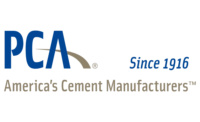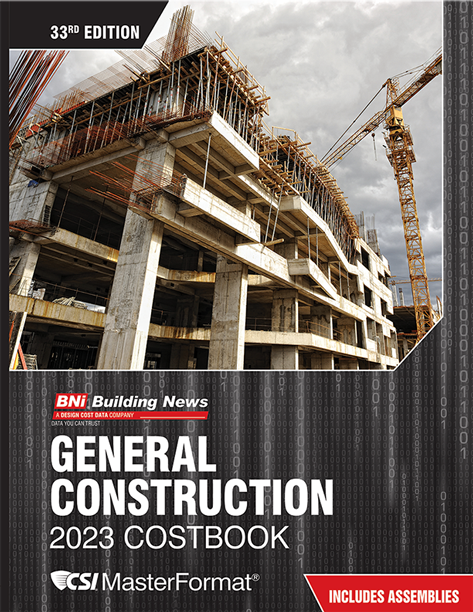Rider Levett Bucknall—international property and construction consultants and industry leader in construction cost research—announces the launch of its inaugural edition of the North American RLB Crane Index. The new report measures construction activity in major cities across North America and predicts the health of the U.S. construction industry.
Unlike other industry barometers that track cost and other financial data, the Crane Index tracks the number of fixed cranes on construction sites in major cities across North America. The biannual report surveys activity in Boston, Chicago, Denver, Honolulu, Los Angeles, New York, Phoenix, San Francisco, and Seattle. Additional cities, including Washington, D.C., will be added in future editions.
According to the first issue of the Index, the residential market—specifically condominium and apartment developments—continues to lead the U.S. construction recovery. The commercial, healthcare, hospitality, and education sectors have also started to see increases in crane activity.
“Unlike other forms of data, cranes are observable and recognizable icons of major construction activity. Therefore, they are an extremely useful measure of the changing pace of the construction industry,” said Julian Anderson, president of Rider Levett Bucknall North America. “We've always seen them rising in major cities. Now, with the RLB Crane Index, we have an interesting new way to quantify this information and turn it into a metric that is useful to our clients and industry leaders across the continent.”
Rider Levett Bucknall’s local offices gather data and information for the Index via surveys and other proprietary collection methods, including physically counting all fixed cranes appearing on each city’s skyline. This count is performed twice yearly and provides the baseline data for the Index. For the inaugural North American edition, crane counts were taken in each city on August 1, 2014 (baseline count) and again on November 1, 2014.
Sectors leading growth include residential, commercial and mixed use
The North American RLB Crane Index also indicates that residential projects in Boston, Chicago, Denver, Honolulu, Los Angeles, New York, and Seattle are responsible for the majority of cranes populating the city skylines, with the majority of the projects being condominium and apartment developments. The Index further indicates that:
- Denver's market shows approximately 92 percent of cranes are active on residential and mixed-use residential projects
- Honolulu's residential cranes are leading the count at nearly 53 percent
- New York's construction market is gaining strength and is being driven by increased demand for higher quality, multi-family residential developments
- Seattle is experiencing a large increase of activity, with 50 percent of cranes on residential projects
- In Phoenix and San Francisco, commercial and mixed-use projects have the most cranes active
Other market sectors across the U.S. exhibiting growth in crane counts include hospitality and healthcare.
“Our findings indicate that residential developments are driving growth across the U.S.,” adds Anderson. “We expect that this growth—which includes redevelopment, renovation, and expansion projects—will continue to increase throughout 2015.”







Report Abusive Comment